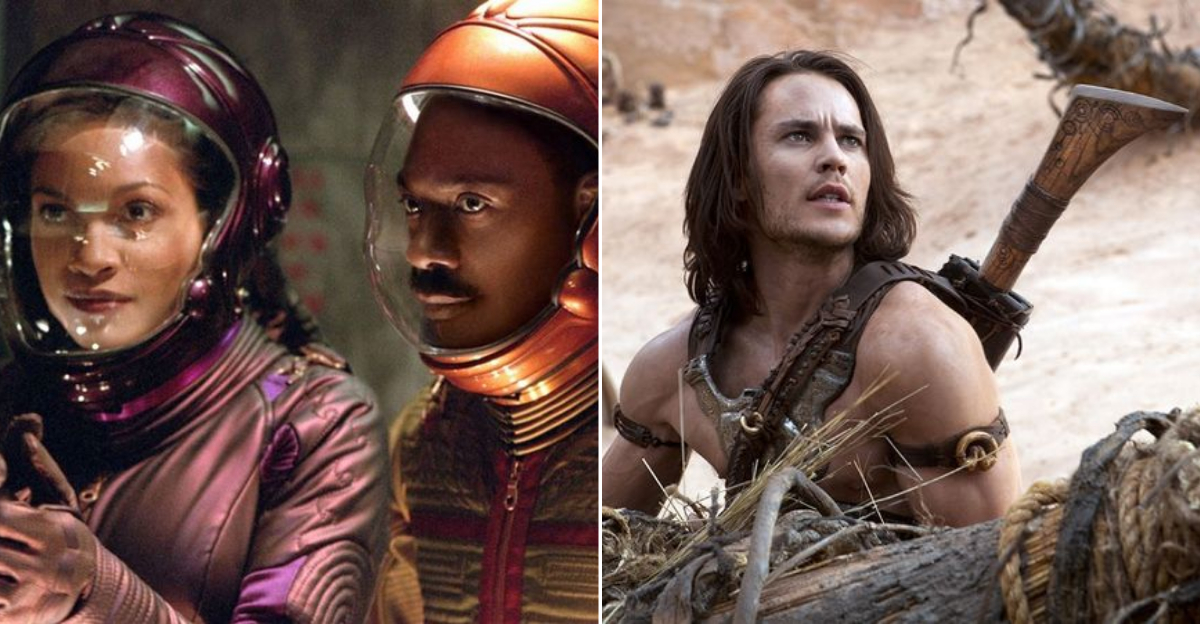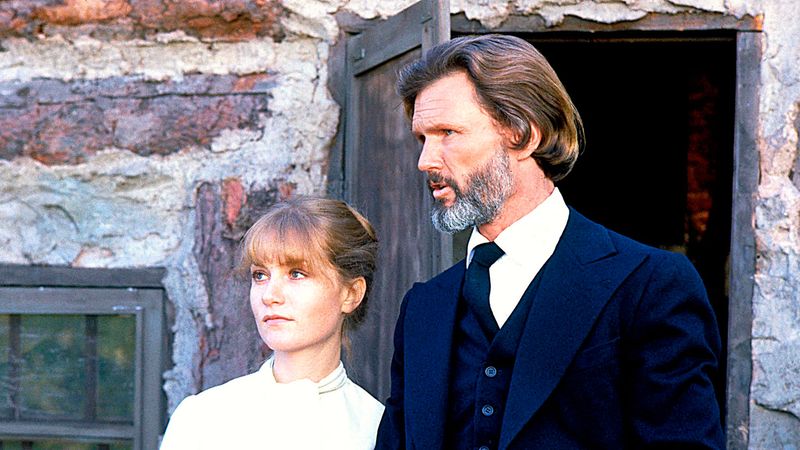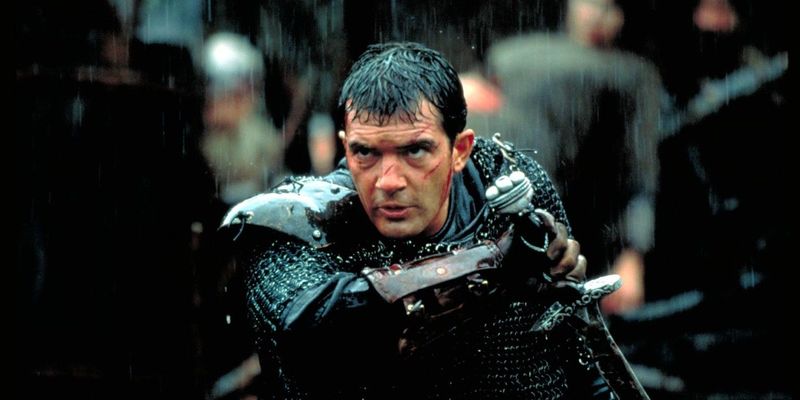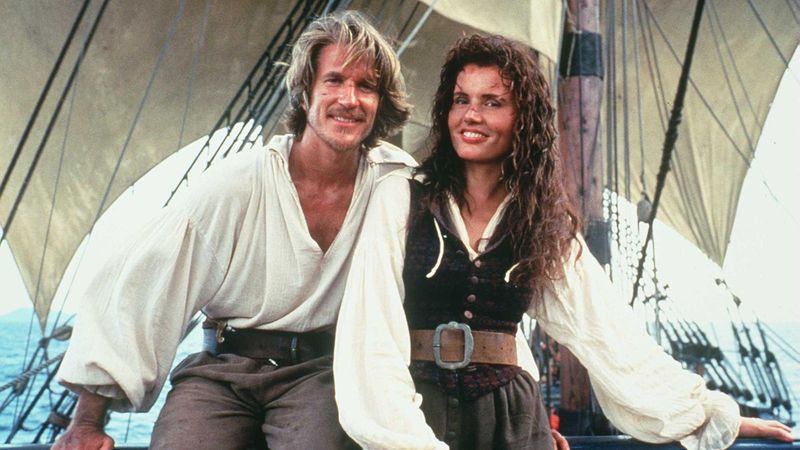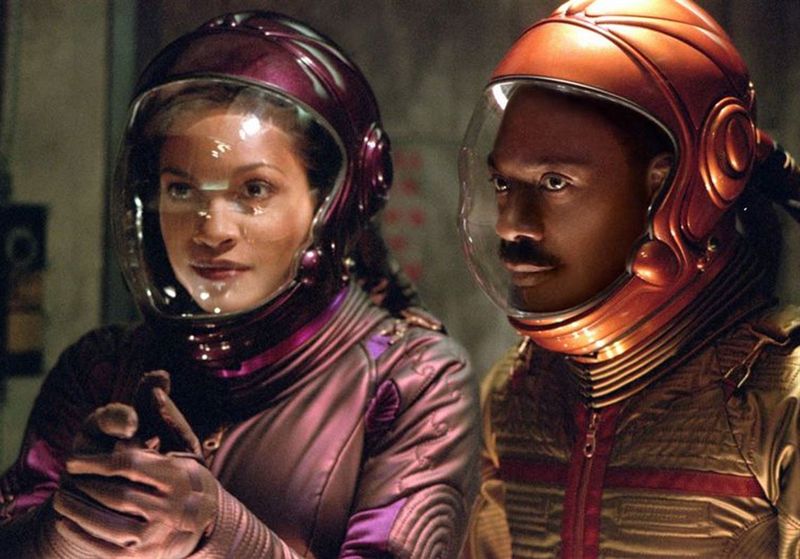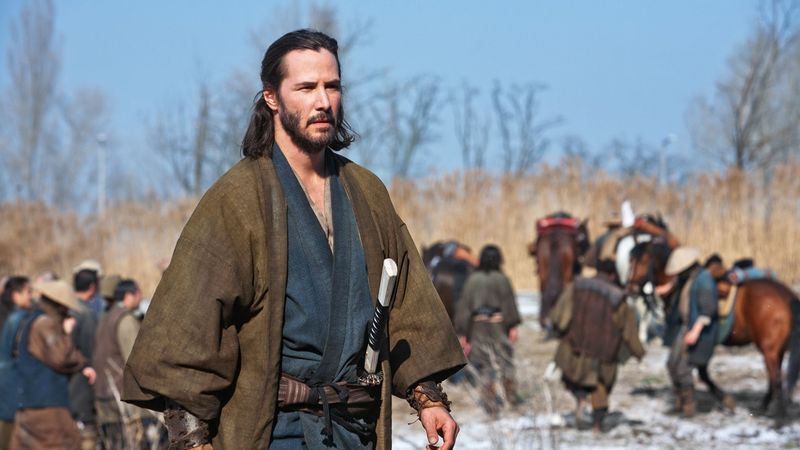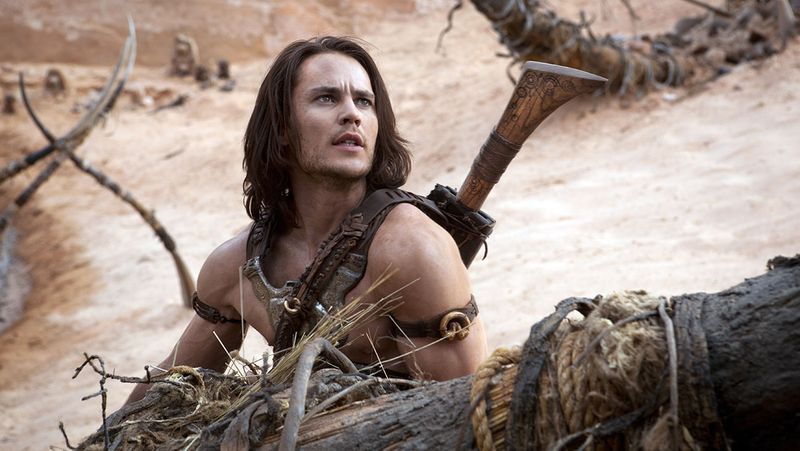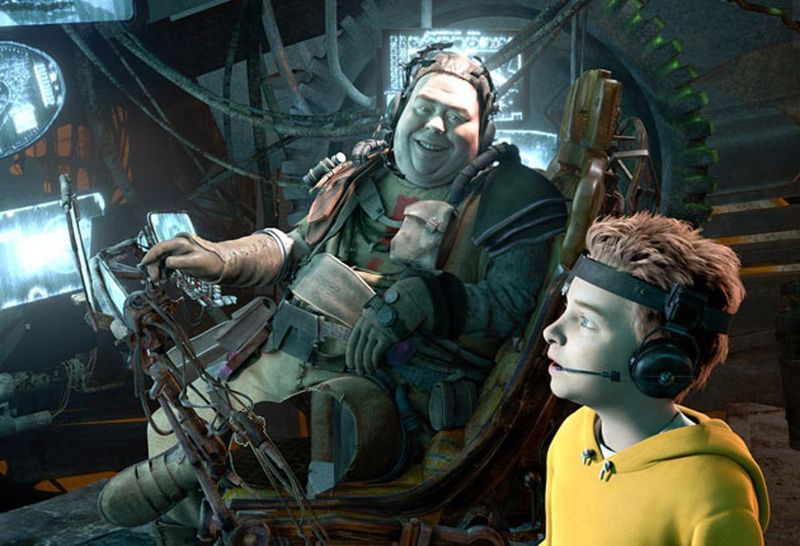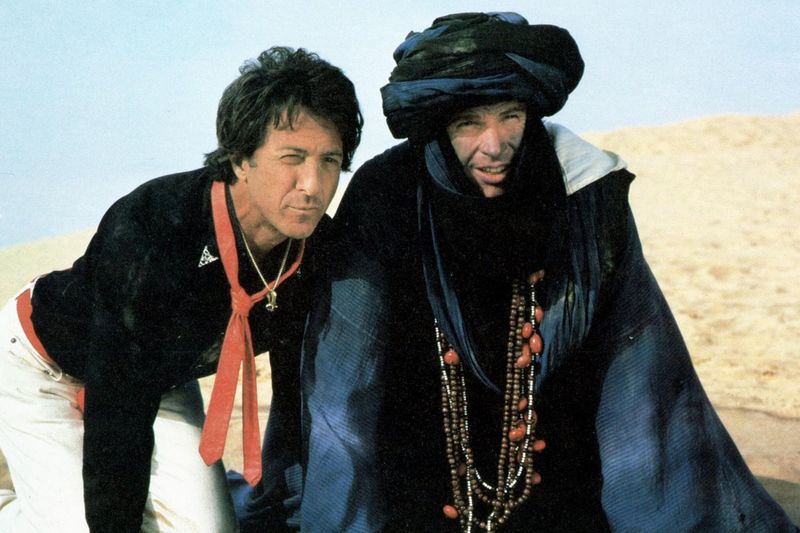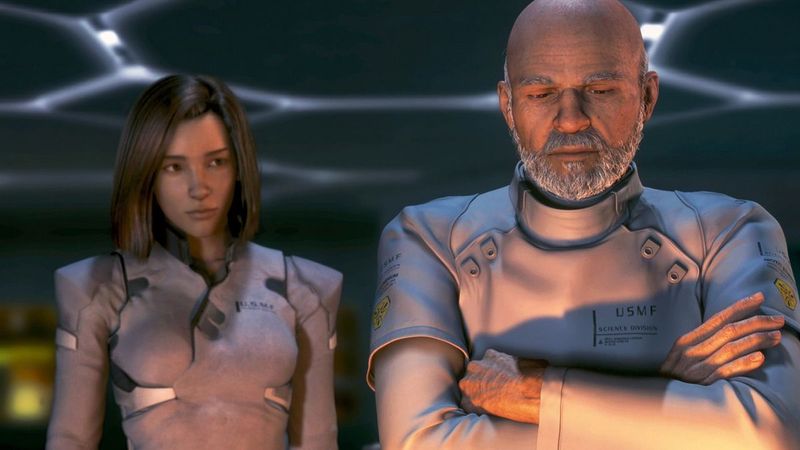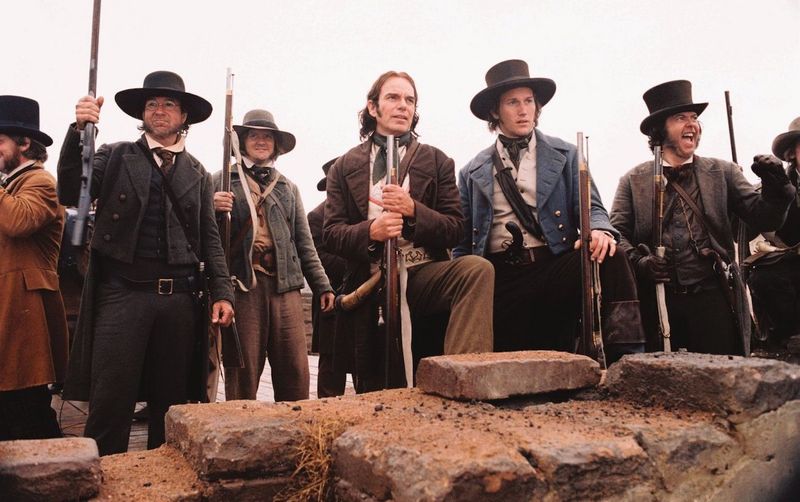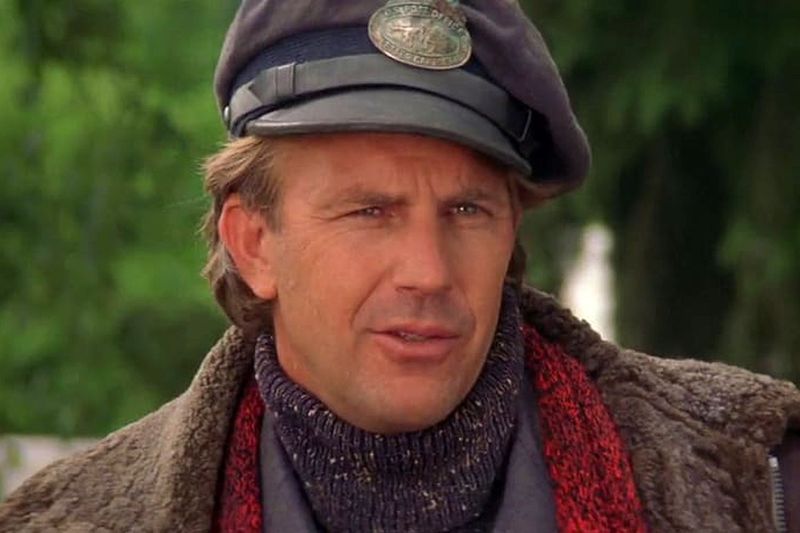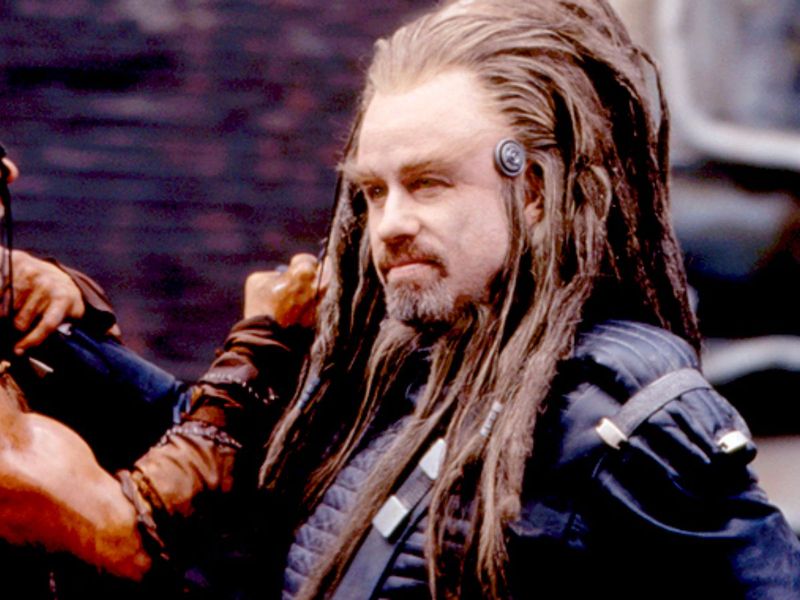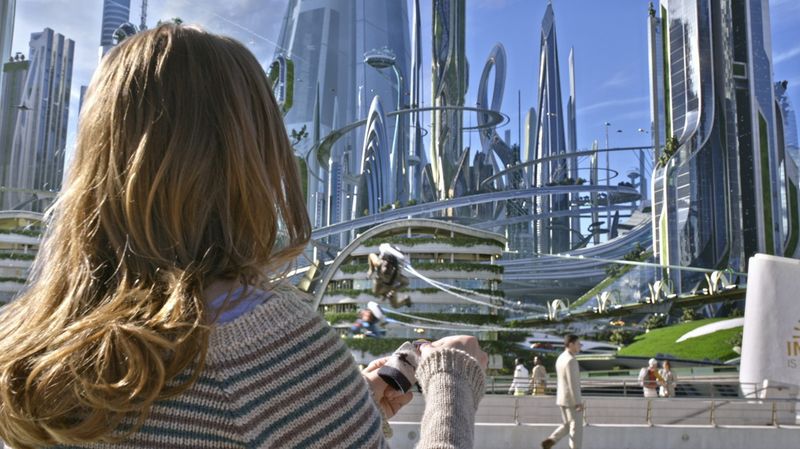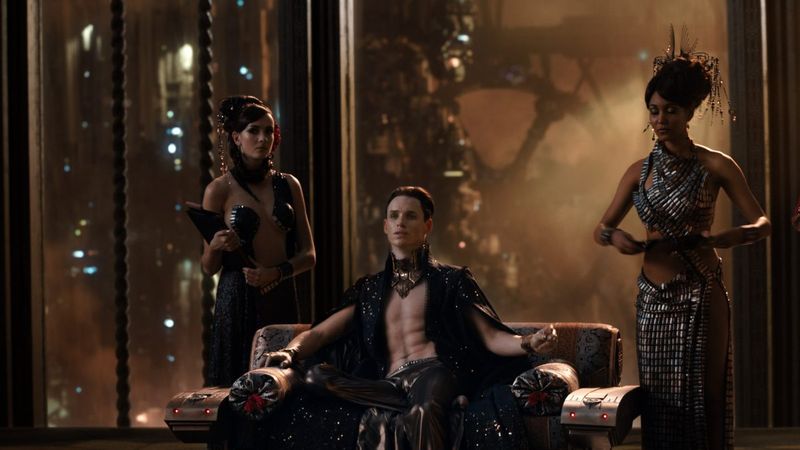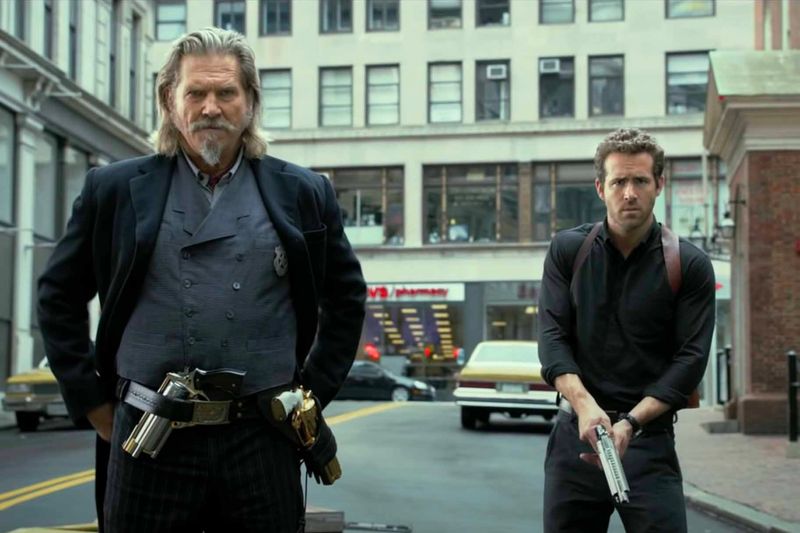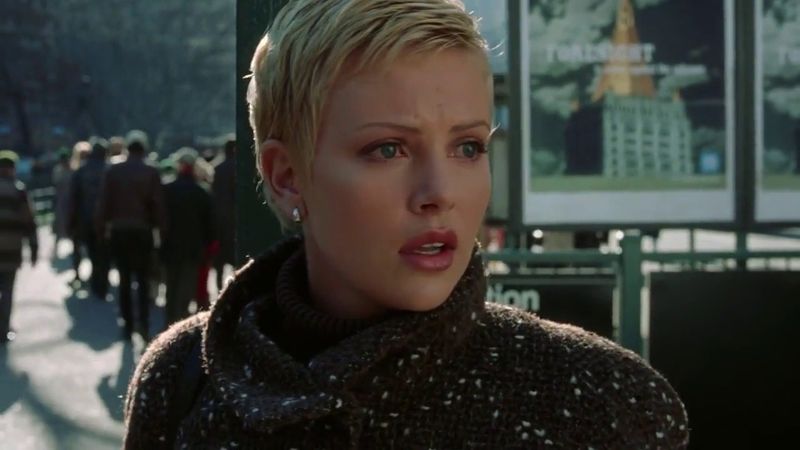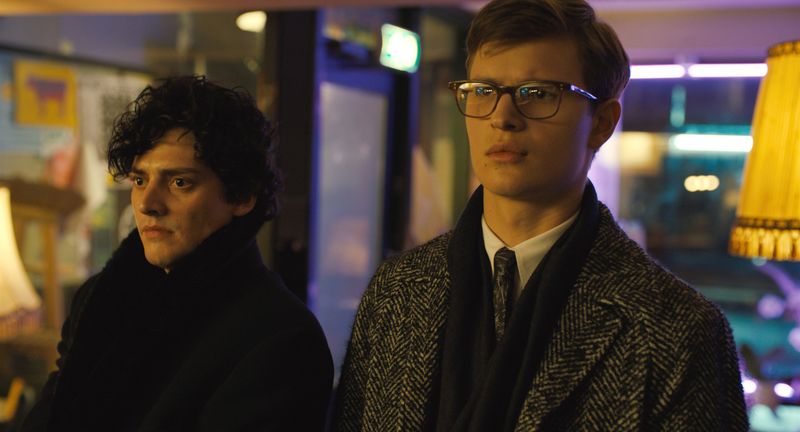The movie industry is notorious for its high-stakes gambles, where a single flop can threaten the very existence of a studio.
This post explores 23 films whose production woes and box office failures nearly bankrupted the companies behind them. From runaway budgets to unexpected disasters, these stories are a testament to the volatile nature of filmmaking.
1. Heaven’s Gate
“Heaven’s Gate” is infamous for its budget overruns and chaotic production. Initially allocated $11.6 million, costs spiraled to $44 million, nearly bankrupting United Artists.
The film’s director, Michael Cimino, known for his prior success with “The Deer Hunter,” was given unprecedented control, leading to endless re-takes and delays.
The final version was a staggering 219 minutes long, and upon release, it was met with critical disdain, grossing only $3.5 million.
United Artists, unable to recover from the financial disaster, was eventually sold to MGM. This film remains a cautionary tale of unchecked artistic freedom.
2. Waterworld
“Waterworld” was a daring project that turned into a financial whirlpool for Universal Pictures. With a budget initially set at $100 million, it ballooned to $175 million due to set destruction by a hurricane and filming challenges.
Kevin Costner, both the star and producer, faced harsh criticism as the film earned only $88 million domestically. Although it eventually broke even after international sales and home video, the initial losses were staggering.
This movie stands as a reminder of nature’s unpredictability and the risks of ambitious set designs.
3. The 13th Warrior
“The 13th Warrior” was a budgetary beast for Disney and Touchstone Pictures, costing $160 million to make. Based on Michael Crichton’s novel, the film faced multiple script rewrites and reshoots.
Originally directed by John McTiernan, the movie was reworked by Michael Crichton himself after poor test screenings. It only managed to gross $61.7 million worldwide, resulting in massive financial losses for the studio.
The film illustrates the challenges of adapting complex novels into movies and the importance of cohesive direction.
4. Cutthroat Island
“Cutthroat Island,” a swashbuckling adventure, became a financial anchor for Carolco Pictures. The film’s budget of $98 million, combined with marketing expenses, resulted in a total loss when it earned just $10 million worldwide.
Director Renny Harlin and star Geena Davis couldn’t save the film from the critical backlash and poor box office performance.
Carolco Pictures filed for bankruptcy soon after. The film is often cited as one of the biggest box office bombs and highlights the pitfalls of misjudged audience interest in pirate genres.
5. The Adventures of Pluto Nash
“The Adventures of Pluto Nash” stands as a notorious flop for Warner Bros., with its $100 million budget recovering only $7.1 million. Starring Eddie Murphy, the film’s attempts at comedy failed to resonate with audiences.
The production suffered from script issues and a lack of clear vision. Despite its ambitious setting on the moon, it was criticized for poor visual effects and lackluster humor.
The financial debacle forced Warner Bros. to reassess its project selection process, especially regarding high-concept comedies with expensive settings.
6. 47 Ronin
Universal Pictures faced a cultural and financial challenge with “47 Ronin,” starring Keanu Reeves. With a production budget of $175 million, the film’s blend of fantasy and history failed to attract audiences, grossing only $151 million worldwide.
Critics pointed out its lack of cultural authenticity and confusing plot. The film underwent significant reshoots and faced multiple delays, contributing to its high costs.
“47 Ronin” serves as a reminder of the importance of cultural sensitivity and coherence when blending genres.
7. John Carter
“John Carter,” a Disney project, aimed to bring Edgar Rice Burroughs’ classic story to life but instead became a box office catastrophe. The film’s $263 million budget made it one of the most expensive movies ever, yet it grossed only $284 million worldwide.
Critics and audiences found the narrative disjointed and the characters unrelatable. The losses exceeded $200 million, prompting Disney to reconsider its approach to franchise-building.
“John Carter” highlights the critical balance between visual spectacle and storytelling.
8. Mars Needs Moms
Disney’s “Mars Needs Moms” represents a cautionary tale in animation missteps. Budgeted at $150 million, this motion-capture animated film grossed only $39 million worldwide.
The story, aimed at children, failed to connect with its target audience due to its dark themes and unsettling animation style. The financial fallout was severe, resulting in Disney shuttering its motion-capture animation division.
This film underscores the need for alignment between animation style and audience preferences.
9. The Lone Ranger
“The Lone Ranger” was a costly endeavor for Disney, with expenses reaching $250 million. Despite the star power of Johnny Depp, the film grossed only $260 million globally. Critics cited its uneven tone and pacing as major flaws.
The production faced numerous challenges, including budget overruns and production delays. This misstep forced Disney to reconsider the viability of reviving old franchises without a modern twist.
10. Ishtar
“Ishtar” became synonymous with box office failure for Columbia Pictures. Directed by Elaine May, the comedy had a budget of $55 million but only earned $14.4 million domestically.
The troubled production was marred by creative disputes and location challenges. The film’s humor failed to land with audiences, and its financial losses were significant.
“Ishtar” is often referenced as a prime example of how misaligned creative visions and poor market reception can spell disaster.
11. Final Fantasy: The Spirits Within
Square Pictures’ ambitious attempt to merge gaming and cinema, “Final Fantasy: The Spirits Within,” resulted in a financial nightmare. With a budget of $137 million, it grossed only $85 million worldwide.
The film’s groundbreaking CGI was praised, but the lack of connection to the beloved video game series alienated fans. Square Pictures’ financial losses led to its closure.
This project highlights the risks involved in pioneering new technologies without ensuring audience engagement.
12. Speed Racer
“Speed Racer,” a visually vibrant adaptation of the classic anime, became a costly miscalculation for Warner Bros. With a $120 million budget, it earned just $93 million globally.
The Wachowskis’ direction focused on innovative visual effects, but the film’s narrative and style failed to resonate widely. Critics found the plot incoherent and the pacing erratic.
The experience taught studios the importance of balancing visual innovation with coherent storytelling to meet audience expectations.
13. The Alamo
“The Alamo,” produced by Disney, sought to bring the iconic battle to life but ended up as a monetary misfire. With a budget of $107 million, the film grossed only $25.8 million.
Critics pointed out its lack of depth and character development. The film’s failure led Disney to reconsider its approach to historical dramas and the importance of compelling storytelling.
“The Alamo” underscores the need for engaging narratives to complement historical spectacle.
14. Stealth
“Stealth,” a high-octane thriller featuring advanced fighter jets, proved to be a financial miscalculation for Columbia Pictures. The film’s $135 million budget was not recouped, as it grossed only $76.9 million worldwide.
Critics were unimpressed by its plot, which was seen as formulaic and lacking depth. Despite the thrilling aerial sequences, the movie didn’t connect with audiences.
The resulting financial strain emphasized the need for innovating beyond special effects to craft engaging stories.
15. The Postman
“The Postman,” directed by and starring Kevin Costner, became a costly endeavor for Warner Bros. With a $80 million budget, it earned only $17.6 million domestically. The film’s post-apocalyptic narrative was criticized for its length and lack of coherence.
Costner’s vision, while ambitious, failed to capture audience interest. This misstep led to a reevaluation of greenlighting large-scale projects where the story might not justify the expense. “The Postman” serves as a reminder that great ideas need robust execution.
16. Battlefield Earth
“Battlefield Earth,” based on L. Ron Hubbard’s novel, was a financial catastrophe for Franchise Pictures. With a $73 million budget, it grossed only $29.7 million. The film was critically panned for its acting, direction, and special effects.
John Travolta’s involvement couldn’t salvage its reputation. Franchise Pictures faced accusations of fraudulent accounting, leading to its bankruptcy.
“Battlefield Earth” is a cautionary tale about the importance of aligning creative projects with audience expectations and financial accountability.
17. King Arthur: Legend of the Sword
“King Arthur: Legend of the Sword,” directed by Guy Ritchie, was a costly epic for Warner Bros. With a $175 million budget, it earned just $148 million worldwide.
The film’s gritty take on the Arthurian legend failed to attract a broad audience, with critics citing its uneven storytelling and over-reliance on CGI. This financial disappointment led to the cancellation of planned sequels.
The experience highlighted the importance of audience alignment when reinventing classic tales.
18. The BFG
Steven Spielberg’s adaptation of Roald Dahl’s “The BFG” was a visual delight but a box office underperformer for Disney. The film’s $140 million budget was not recouped, with only $183 million earned worldwide.
Critics praised its visual effects and performances, but it failed to engage younger audiences as expected. The film’s financial shortcomings prompted a rethinking of marketing strategies for children’s adaptations.
“The BFG” serves as a reminder of the importance of understanding audience dynamics and promotional alignment.
19. Tomorrowland
Disney’s “Tomorrowland” offered a futuristic vision but resulted in a financial shortfall. With a $190 million budget, it grossed only $209 million worldwide. Directed by Brad Bird, the film was praised for its visuals but criticized for a convoluted plot.
The high production costs and marketing expenses led to minimal profits. This experience underscored the necessity of clear narrative direction and audience engagement in high-concept films.
20. Jupiter Ascending
The Wachowskis’ “Jupiter Ascending” became an extravagant mix of sci-fi and fantasy that misfired at the box office. The film’s $176 million budget saw only $184 million in returns.
Despite its ambition and visual effects, audiences found the plot disjointed and the characters underdeveloped. The lackluster response led to critical reevaluation of narrative cohesion in grand-scale productions.
“Jupiter Ascending” highlights the balance needed between visual spectacle and storytelling depth.
21. RIPD
“R.I.P.D.,” a supernatural action-comedy from Universal Pictures, struggled both critically and financially. With a budget of $130 million, it managed only $78 million worldwide.
The film starred Jeff Bridges and Ryan Reynolds, but their star power couldn’t overcome the weak script and clichéd plot. This financial failure pointed to the risks of relying on star power alone without strong narrative backing in genre films.
22. The Astronaut’s Wife
New Line Cinema’s “The Astronaut’s Wife” was a psychological thriller that didn’t connect with audiences. With a budget of $75 million, it earned a mere $19.6 million.
Starring Johnny Depp and Charlize Theron, the film’s slow pacing and lack of suspense failed to engage viewers. This financial disappointment emphasized the need for compelling storytelling in thrillers to capture audience interest and achieve success.
23. The Goldfinch
Warner Bros.’ “The Goldfinch,” based on the Pulitzer Prize-winning novel, turned into a box office misfire. The film’s $45 million budget yielded only $9.9 million. Critics cited its lack of emotional impact and narrative cohesion as primary flaws.
Despite its literary pedigree, the adaptation struggled to convey the novel’s depth. The experience highlighted the challenges of translating complex stories to screen and the importance of narrative clarity.
